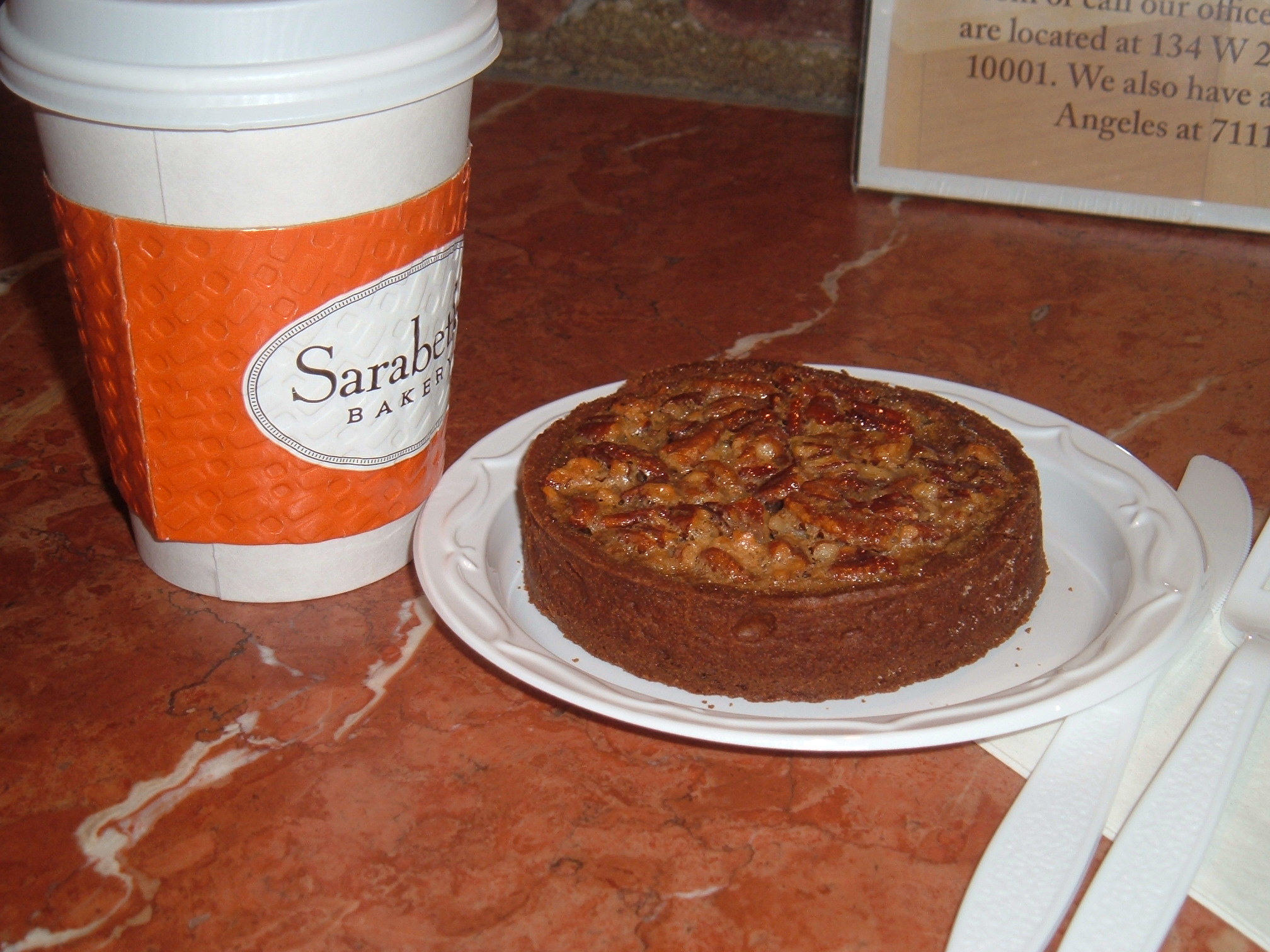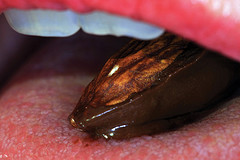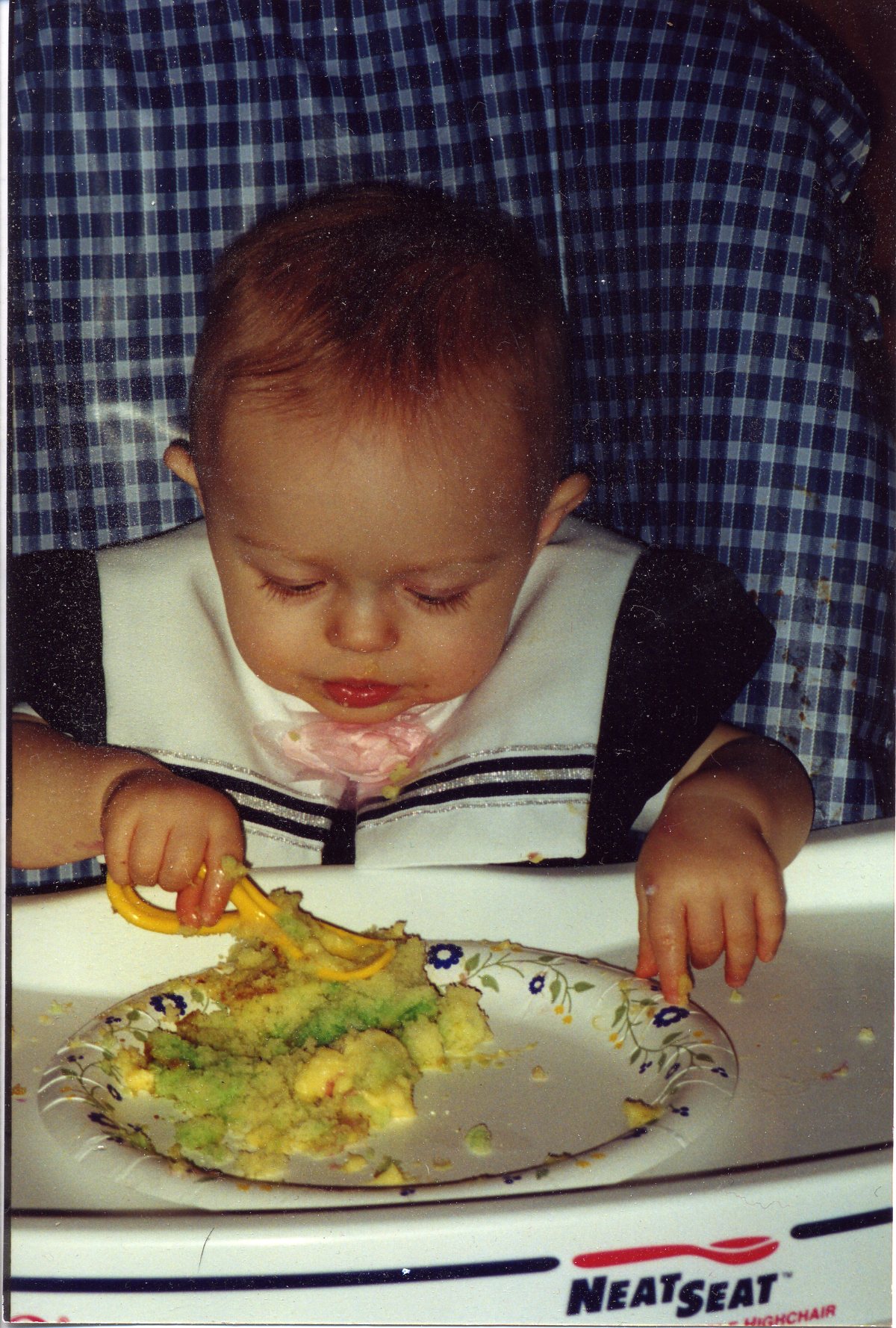I used to know it would be a good night when my husband came home and said, ”Honey, I smell your haluski and it smells SO good.” Just what every woman wants to hear after a long day at the office. But since we’ve had children—only one of whom will eat the Polish cabbage and noodle dish—carefully picking out the chunks of cabbage—I can only yearn for the days of eating supper and “letting the dishes go. ” (Photo by Jennifer Causey http://www.jennifercausey.com.)
I have often secretly wondered if my husband fell in love with me a little because of my haluski. Oh, I know there’s more to me than that. But I‘ll always remember the spark I saw when he first took a bite of it when were we dating—back in the days that I had the luxury of frying the cabbage in a cast iron skillet in real butter. Now, since we are frantic middle-aged parents, we can barely fit in steaming our cabbage and boiling our whole-wheat noodles between homework, soccer games, and carpool to ballet lessons.
I grew up eating haluski—another one of the Western Pennsylvania mainstays of my youth. It’s just cabbage and noodles, with butter. You can fry the cabbage, as my mother insists is the best way. (See
the Kitchen Queen rules.) You can also boil it, or steam it, which is how I make it. It gives the cabbage a subtler flavor, and your arteries might thank you for it later. My mother thinks its impolite to talk about arteries and food in the same conversation, and when the topic of frying anything in butter comes up, she likes to say, “All things in moderation,” meaning “Go ahead and fry the cabbage in real butter, hon, it won’t hurt you.”
I love the way my husband loves my haluski. By the time I met Eric, I had my fill of dating men who wanted to impress me with their knowledge of French food, wine, or truffles—not that there’s any thing wrong with that perfectly fine food, but it’s hardly the kind of food from which to form a relationship.
Haluski is exactly the kind of food on which good relationships can be based. If you fall on hard times, it’s a dish you can rely on— it’s cheap and fairly nutritious. When family life gets harried, and it’s difficult to find the time to have a meal together—there’s always quickly put-together haluski. When you need a good dish for a potluck to share with friends and extended family, there’s haluski.
My mother recently confided to me that my father—a man who sprang from the Appalachian coalmines and farm fields—did not appreciate haluski when they were married. He was a man who wanted cast-iron fried potatoes at least twice week, along side any kind of meat and vegetable. She tried to harness all of her creativity and curiosity to create a meat and potatoes lifestyle for him—and she did so willingly. But the truth is some of my parents worst disagreements were, indeed, about food.
Funny,how time mellows people. I can’t imagine Dad turning his nose up at any dish, let alone haluski, that my stepmother would set on the table in front of him. And I can’t imagine that my mother would even try to squash any of her own culinary impulses to satisfy anybody else. She lives alone and likes it that way.
Mom still makes huge pots of haluski and eats it for days. Sometimes even for breakfast. At this point in my life, I prefer to live with my husband, a man who appreciates a good, earthy, haluski every now and then, but I am not sure just what he would think about haluski in the morning—at least not before coffee.
Is there a special dish you can relate to your relationship?
Haluski
If you don’t
have the time or patience to make your own noodles, you can substitute
prepackaged wide noodles, such as egg noodles. Remember, you can steam the
cabbage and add the butter or margarine in when the noodles are drained and
ready.
1 egg
2 cups flour
Salt
1 teaspoon, milk
1 medium onion
1 cabbage
Beat your egg
well. Stir in 2 cups of flour and a pinch of salt. Gradually add 1 teaspoon of
milk, continuing to stir as you go, until the dough is stiff. Roll out thin
(1/8-inch thick) on a floured board. Cut dough into 1-inch by 2-inch strips.
Drop the strips,
one at a time, into a pot of boiling water and cook for 3 minutes. Drain, rinse
and let dry. While the noodles are drying, saute 1 medium chopped onion in a
tablespoon of butter. Chop a head of cabbage into thin strips, add to the
onion, and cook until tender. Add the noodles to the cabbage and stew for about
30 minutes.



I’m a big fan of the Haluski (though I can never remember what it’s name is…) Yum!!!! I remember the first time you cooked it for me in your kitchen in Reston!
Thanks to Sandy for another great recipe!!!
My husband explained how his Nana used to make Haluski for him. I never had the pleasure to meet her but I knew how important she was to my husband when he was growing up. And so I wanted to make it for him, maybe bring back a good feeling for him, remembering her. I had never made it before that so you can imagine my anticipation as he took the first bite. He told me that it tasted exactly like his Nana used to make! The only difference with ours is that I make homemade dumplings instead of noodles. I like to make haluski in the fall and winter months-so comforting. Thanks for the article, Mollie.
Sounds really scrumptious! I’m developing a bit of a crush myself…
Why thanks, India!
And you, too, Robin and Jennifer. I appreciate your comments.